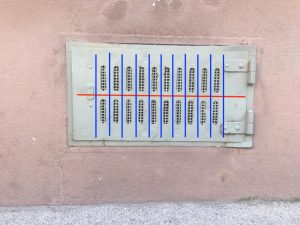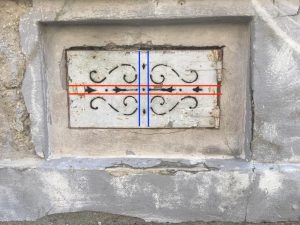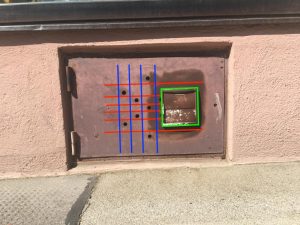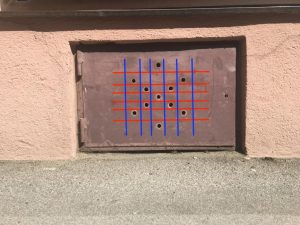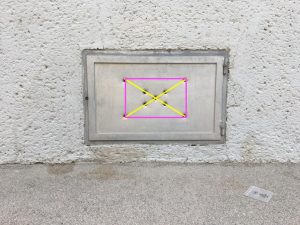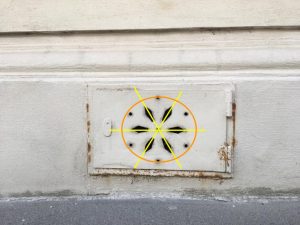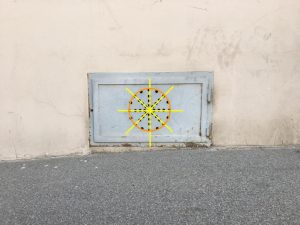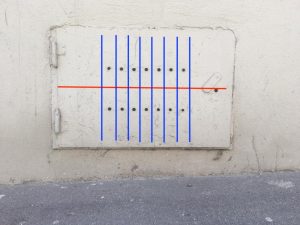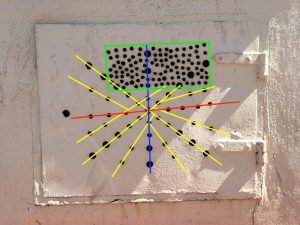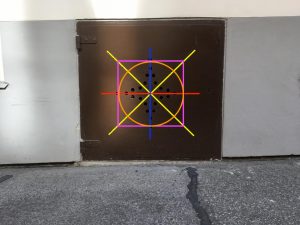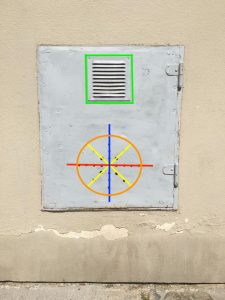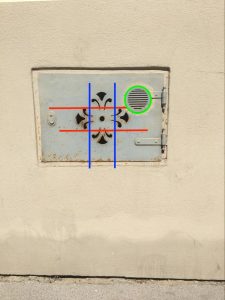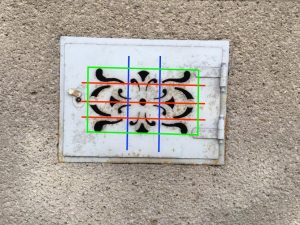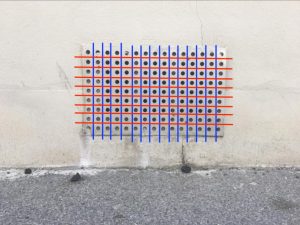Occasionally one discovers how everyday objects influence our patterns of recognition that subconsciously inform our behavior and attitudes. Often unnoticed, the structure of forms can be related to knowledge, substantiating our worldviews and perspectives on life. The question arises how we can interpret forms and formations found in everyday objects and how our thoughts or livelihoods can be related to them. The following pictures are an attempt to structure repetitive forms of cellar window ventilation perforations found in the Vienna city area. Human and machine made, structured and unstructured, symmetric and asymmetric patterns alternate, giving rise to a possible system of classifications and interrelations that opens up a space for interpretation. While no such interpretations are proposed here, we (I) wish to highlight the patterning of forms in everyday objects that may be related to times and places of production, to people using and manufacturing them as well as to stories that a beholder may attach to these objects. A narration of forms may emerge that invites us to interpret and continue a story that has been born from the passage of time and seemingly unintended consequences of human interaction.
